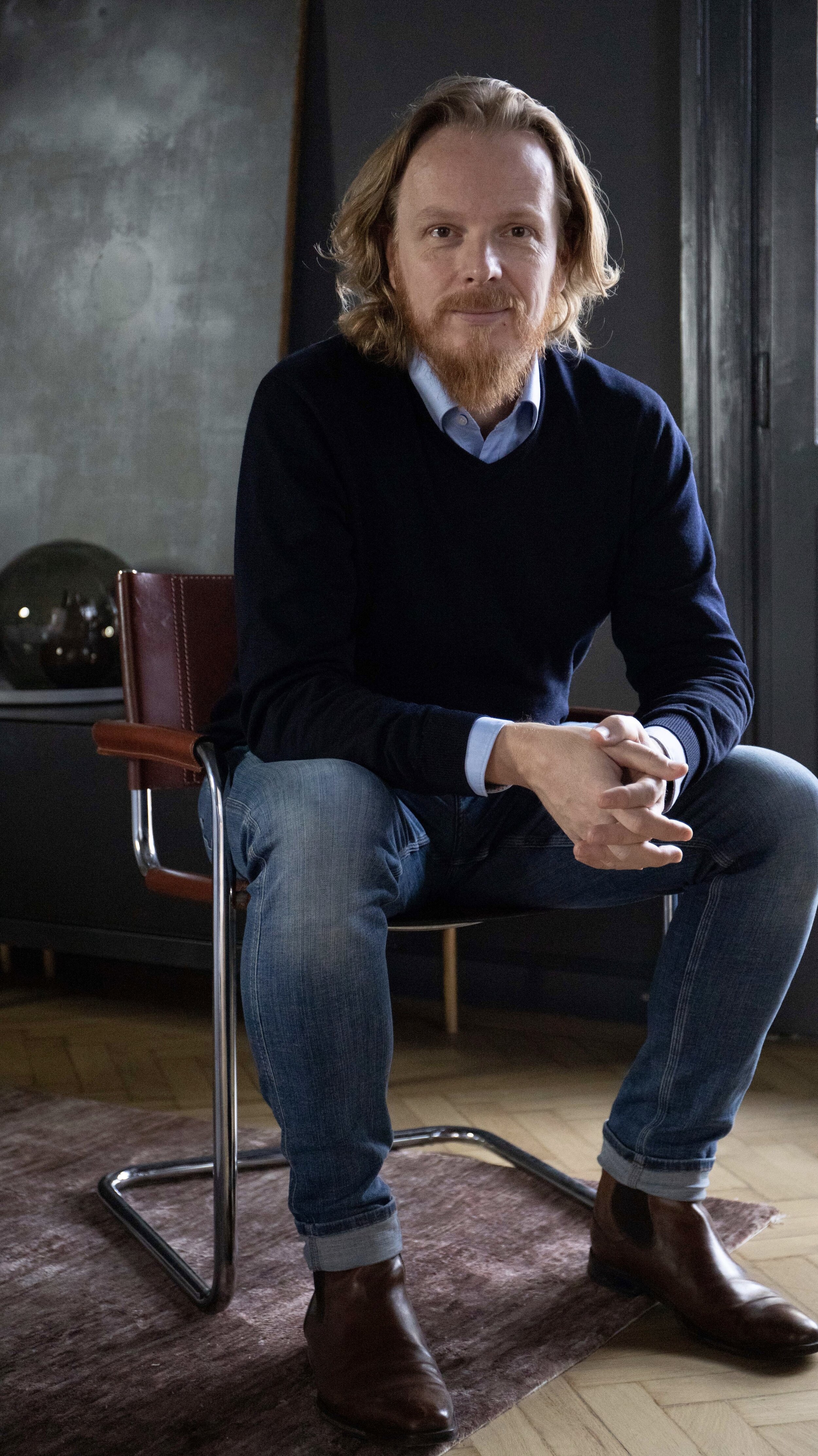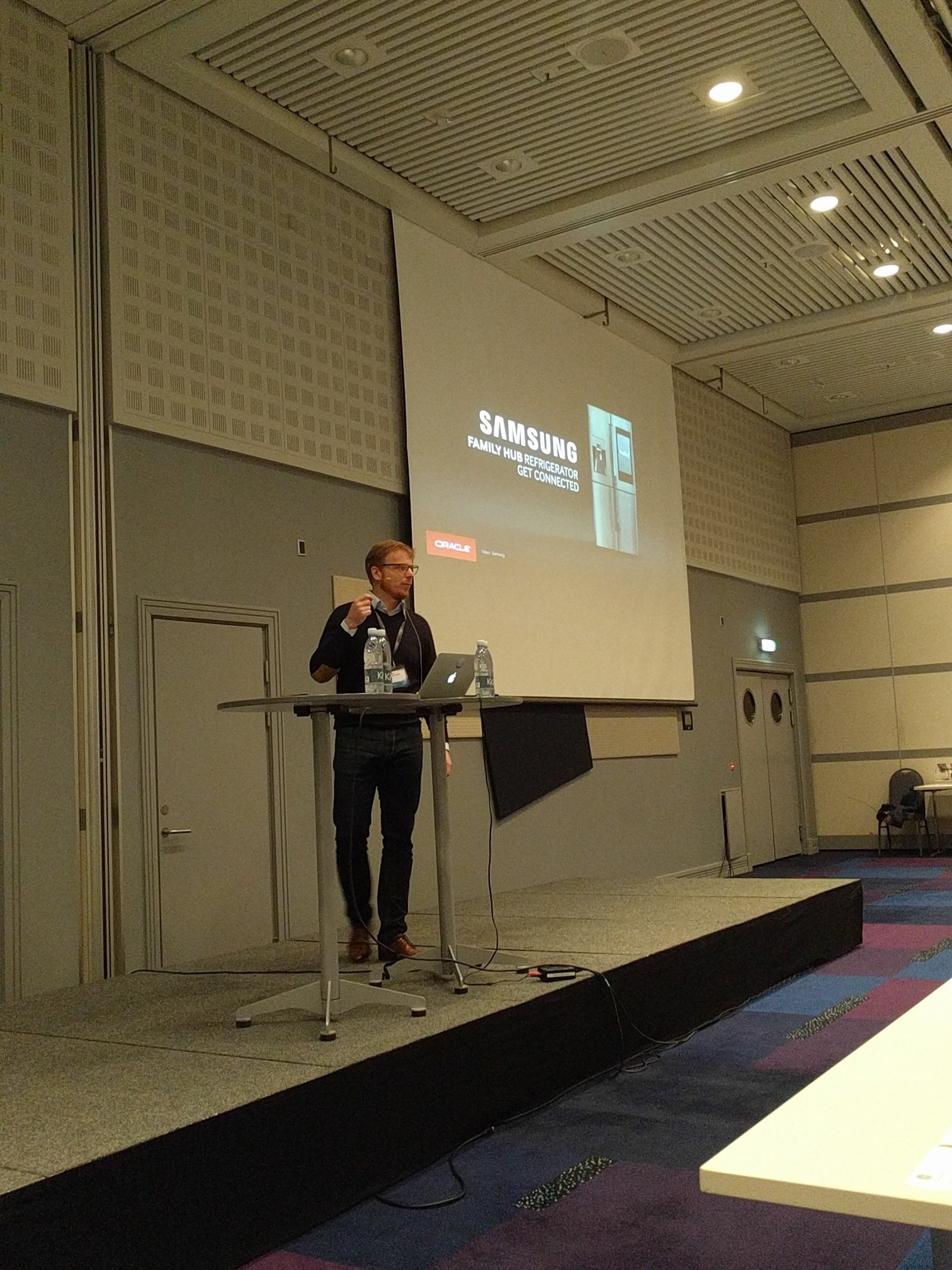By Janus Boye
“To build your innovation muscle you need motivation, practice and success”
When I recently spoke to Michael Bednar-Brandt, he made innovation initiatives sound quite a bit like practising for a marathon. Or rather, he made it crystal clear how innovation programs can easily fail if they are not treated more like a corporate fitness program instead of an innovation magic pill.
Michael works as Business Innovation expert at Oracle. Based out of Vienna, Austria, he has over 20 years of experience with innovation programs at both startups and large corporations and is a self-proclaimed corporate innovation demystifier. He is also our expert of the month.
What does a corporate innovation demystifier do?
Even though Michael has worked longer with innovation than most, he still approaches the topic with both curiosity and questions. He mentioned that the state of corporate innovation is surprisingly complex and evolving as we speak.
Right at the beginning of our call, he said that he still has much to learn about the dynamics of innovation programs, what works and what does not, and that there’s so much confusion around innovation. He’s working to help overcome this and shared this notable example:
“When I say innovation, many think about ideas, and how to find great ideas, ideally game-changing ones. Indeed many are running large scale idea funnel programs or even contests, but ideas are not the right starting point for innovation.
You should rather focus on the problem or opportunity first - what are you actually trying to solve? And then analyze what the root cause is that needs to be changed. And of course, whether it is at all worth changing it, what is the impact potential of the change?
Ideas are just the next step in an innovation process. An important step, yes, but so are quite a few others.”
Sounds fair? What comes after the idea then you might ask? According to Michael, it is all about how to get your innovation as fast and as cheap as possible towards market validation, while surviving the corporate pitfalls.
The value of internal and external stakeholder work can not be overestimated, including learning how your idea can actually work while also building up the buy-in to go ahead. In the end, you will likely need a big group of people to both implement and operate your shiny new innovation, and most unfortunately underestimate that part.
Technology equals innovation, right?
That is one of the topics Michael and I discussed in some detail and technology has also played a role in Michael’s career. How the use of technology has dramatically changed our private lives and how we work is plainly obvious, but Michael encourages a different focus:
“Don’t confuse technology with innovation. Innovation is always about applying something in a specific way to achieve new outcomes. Just because you acquire new technology does not automatically mean anybody cares, your customers the least.”
So what then is the role of technology? According to Michael, technology in corporate innovation has two main aspects:
Technology is first and foremost a resource that helps to achieve desirable goals, usually in a fast and very efficient way.
Technology, especially new technology like drones and machine learning, also allows to rethink the way you do business - whether what you do and how you do it could be done much, much better to gain a competitive advantage.”
Learning from the start-up mindset?
There’s much excitement around start-ups, in particular those that grow and scale quickly. Unicorns actually do exist, but as Michael said:
“It’s good to have a fresh, positive mindset and can-do attitude, but keep in mind that the dynamics of startups are fundamentally different to large corporations.”
In Michael’s experience, the challenges start-ups face are strongly influenced by resource constraints (how do we pay our bills) and finding the right product-market-fit (customers), while corporates usually have significant resources and an established customer base, but are challenged by internal hurdles, legacy and lack of alignment.
Culture is the elephant in the room and one big area where large, complex and global corporations are fundamentally different from startups.
As Michael said:
“If you want to change the collective beliefs and habits of a well-established organization, it is all about repetition. Like a sports team, you need the discipline of training to solve the essential difference between trying innovation vs. being innovative.”
Asking if external consultants could solve innovation, he bluntly said:
“You can ask your fitness coach to do the push-ups for you, of course. But no, to become fit you need to do them yourselves. So you can outsource a project, but you can not outsource becoming innovative. The latter needs to be developed from within.“
Driving it home with the closing slide: Michael taking the Boye Aarhus 19 conference participants through the seven key elements of the experience economy. Photo: Ib Sørensen
Communication is the secret ingredient in innovation initiatives
Michael pointed out that there is a surprisingly large number of corporate innovation activities that are praised for their efforts and creativity, but in reality, struggle to be seen as strategic by the larger organization and many fight for their survival.
They rightfully work hard on the many challenging aspects of corporate innovation, like which methodologies to use, how to motivate and train people, which ecosystems to build, what trends are going to be of big influence, and many more. But too many fail to sufficiently involve the wider organization and have their learnings and successes become part of the corporate consciousness.
“A big part of any innovation program should be community building and communication. Like a third of your team efforts, at least, should be focused on this. If you don’t establish such a communication discipline, it won’t last.”
The business reality is often harsh, and once the good feeling and PR of starting an innovation hub (or program, accelerator, or lab) has faded, the question remains where to focus business efforts. In this situation, it is all about awareness when somebody asks what Michael called the big question:
“Do we really need these people?”
What does the future hold?
Michael strongly believes that innovation and being innovative is a must for the business of the future, and will at one time be the normal mode of operations everywhere.
Michael in 2016 on stage sharing the story of the Samsung fridge & StarshipRobots in a keynote focused on digital transformation
“In the future, every organization will have learned how to operate efficiently and continuously adapt to changing environments. At the same time. And without thinking about it much.”
The programs and activities we see today are elements of this learning towards establishing new standards until things that seem crazy today have become the new normal.
Learning by trial and error is a painful process, which is why the experience of trainers or coaches can help. And that is what an innovation demystifier does, to help reduce the noise and focus on what is important today to build the future.
Learn more about Michael Bednar-Brandt
In an interesting article called Forget the Pool Table - Innovation is a Brutal Business published by Dell Technologies, Michael says that innovation is ideas executed, but executing ideas is tough, risky work
We’ve also featured some of Michael’s thinking on these pages. You might enjoy these posts:
Finally, you can also meet Michael in person in early November in Aarhus, Denmark for the Boye Aarhus 21 conference!



